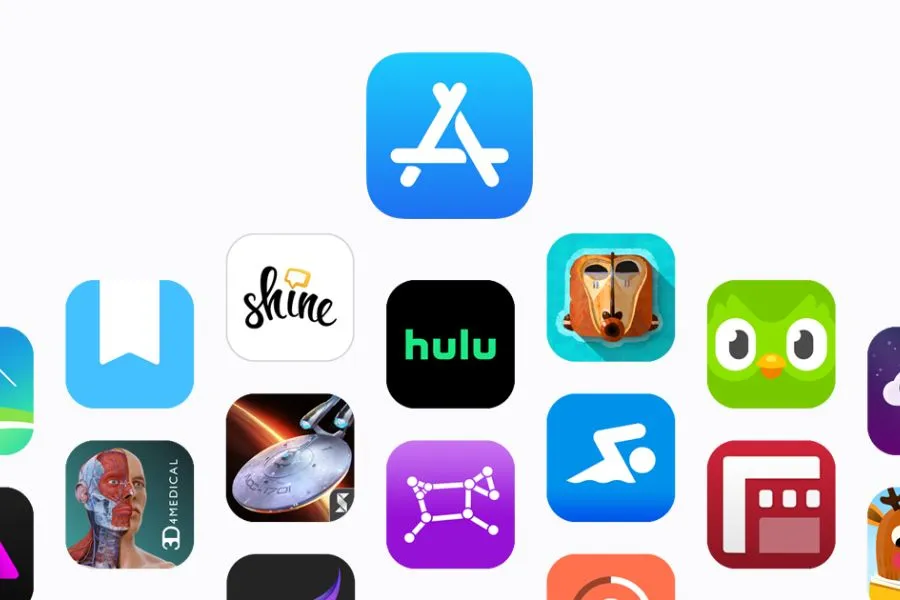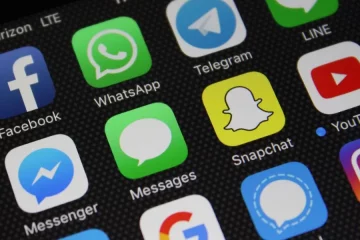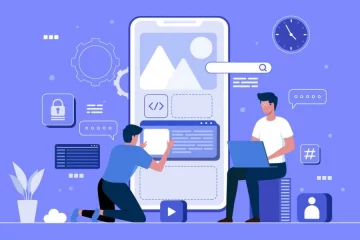How to Monetize Your App: A Comprehensive Guide to App Store Optimization and In-App Purchases

App Store | mykaba
In today’s digital age, mobile apps have become a ubiquitous part of our daily lives. Whether we want to socialize, shop, or stay informed, there is an app for almost everything. However, with millions of apps vying for attention in the app stores, developing an app that stands out and generates revenue can be a daunting task. While developing a high-quality app is essential, it’s equally crucial to optimize it for maximum visibility and monetization. In this comprehensive guide, we will explore two critical aspects of app monetization – App Store Optimization (ASO) and In-App Purchases (IAPs), and discuss expert tips and strategies to help you monetize your app effectively.
App Store Optimization (ASO) – What it is and why it’s important
ASO is the process of optimizing your app’s listing in the app stores to improve its visibility and increase downloads. ASO involves optimizing various elements, including app title, description, keywords, icon, screenshots, and reviews, to ensure that your app ranks higher in search results and attracts more users. A well-optimized app listing not only increases your app’s visibility but also improves its credibility among users.
One of the most important elements of ASO is keyword optimization. Keywords are the words or phrases that users enter in the app store search bar to find apps. By including relevant keywords in your app’s title and description, you can increase its chances of appearing in search results for those keywords. However, it’s essential to avoid keyword stuffing, which can lead to your app being penalized or even removed from the app store.
Another critical aspect of ASO is app reviews and ratings. Positive reviews and high ratings can significantly impact your app’s visibility and credibility. Encouraging users to leave reviews and responding to them promptly can help improve your app’s reputation and increase user engagement.
ASO best practices
To optimize your app for maximum visibility and downloads, here are some best practices to follow:
- Conduct thorough research to identify high-traffic keywords relevant to your app
- Include relevant keywords in your app’s title, description, and metadata
- Create a compelling app icon and screenshots that accurately represent your app’s features and benefits
- Encourage users to leave positive reviews and ratings
- Continuously monitor and update your app listing to improve its performance and visibility.
In-App Purchases (IAPs) – What they are and why they’re important
In-App Purchases (IAPs) are a monetization strategy that allows users to purchase additional features, content, or functionality within the app. IAPs provide a steady stream of revenue for app developers and publishers, while also enhancing the user experience by offering additional value. According to a report by Sensor Tower, global consumer spending on in-app purchases reached $72.3 billion in 2020, highlighting the importance of IAPs as a monetization strategy.
IAPs can be of various types, including consumable, non-consumable, and subscriptions. Consumable IAPs are items that can be purchased more than once, such as in-game currency or power-ups. Non-consumable IAPs are items that users only need to purchase once, such as a premium version of the app or additional content. Subscriptions are recurring payments that users make to access premium content or features for a set period.
IAP monetization strategies
To monetize your app effectively using IAPs, here are some strategies to consider:
- Offer a freemium model where users can access basic features for free but need to pay for premium features
- Implement time-limited offers or discounts to encourage users to make purchases
- Offer a variety of IAPs, including consumable, non-consumable, and subscriptions, to cater to different user preferences
- Use targeted push notifications and in-app messaging to promote IAPs and encourage users to make purchases.
Types of IAPs – Consumable, Non-consumable, and Subscriptions
Consumable IAPs are items that users can purchase multiple times, such as in-game currency or virtual items. Consumable IAPs are a popular monetization strategy for mobile games, as users often need to purchase additional items to progress in the game.
Non-consumable IAPs are items that users only need to purchase once and can use indefinitely. Examples of non-consumable IAPs include premium versions of the app, additional content or features, or ad-free versions of the app.
Subscriptions are a recurring payment model that users make to access premium content or features for a set period, such as weekly, monthly, or annually. Subscriptions are a popular monetization strategy for apps that offer ongoing services, such as news or music streaming apps.
IAP best practices
To optimize your IAP strategy for maximum revenue, here are some best practices to follow:
- Offer a variety of IAPs to cater to different user preferences
- Use clear and concise language to describe IAPs and their benefits
- Offer time-limited discounts or promotions to encourage users to make purchases
- Continuously monitor and optimize your IAP strategy based on user feedback and data.
User engagement and retention strategies for monetization
User engagement and retention are crucial factors that can impact your app’s monetization strategy. Engaged users are more likely to make in-app purchases, while retaining users can provide a more predictable revenue stream. To improve user engagement and retention, here are some strategies to consider:
- Offer personalized recommendations and notifications based on user behavior and preferences
- Implement social sharing features to encourage users to share your app with their network
- Gamify your app by offering rewards and incentives for completing certain actions or reaching specific milestones
- Continuously update and improve your app based on user feedback and data.
App Analytics – How to use data to optimize monetization
App analytics can provide valuable insights into user behavior and preferences, allowing you to optimize your monetization strategy based on data-driven decisions. App analytics can help you identify user drop-off points, popular features, and user demographics, among other things. Here are some key metrics to track using app analytics:
- User engagement metrics, such as active users, session length, and retention rate
- Monetization metrics, such as revenue per user, average revenue per paying user, and lifetime value
- App store optimization metrics, such as keyword rankings, app store views, and downloads.
Advertising networks and strategies for app monetization
In addition to ASO and IAPs, advertising can also be a monetization strategy for apps. Advertising can be in the form of display ads, video ads, or native ads, among others. To monetize your app through advertising, you can partner with advertising networks that connect you with advertisers. Here are some popular advertising networks for app monetization:
- Google AdMob
- Facebook Audience Network
- Unity Ads
- AppLovin.
Conclusion and final thoughts
In this comprehensive guide, we’ve explored two critical aspects of app monetization – App Store Optimization (ASO) and In-App Purchases (IAPs) – and discussed expert tips and strategies to help you monetize your app effectively. ASO is essential for optimizing your app’s visibility and attracting more users, while IAPs provide a steady stream of revenue and enhance the user experience. By implementing the strategies discussed in this guide and continuously monitoring and optimizing your app’s performance, you can take your app monetization to the next level and achieve sustainable revenue growth.









